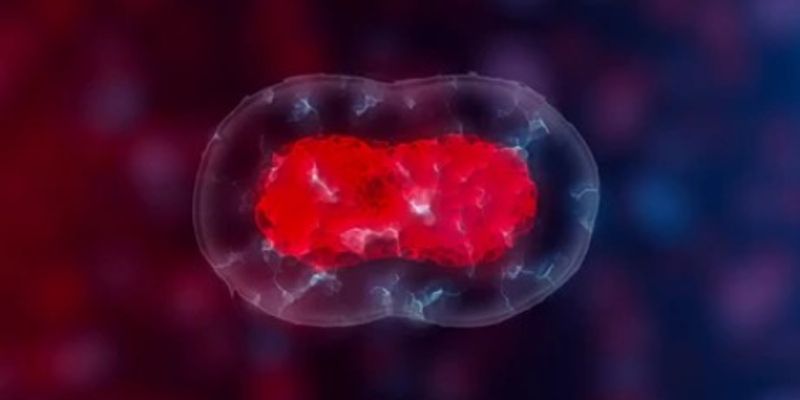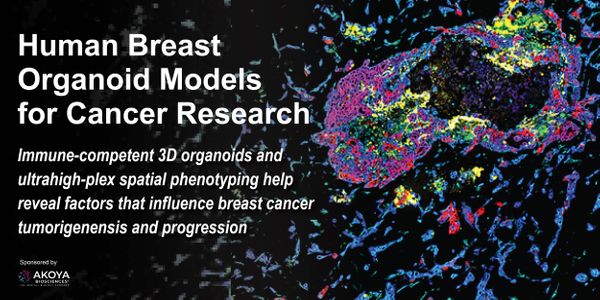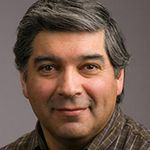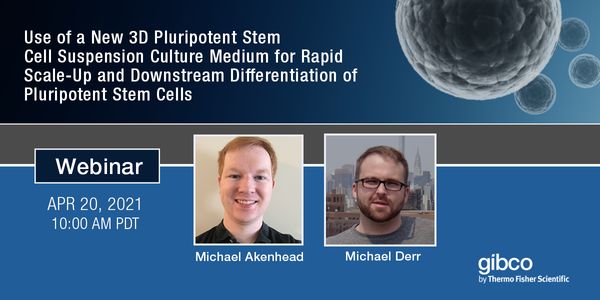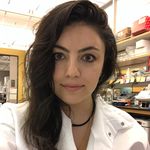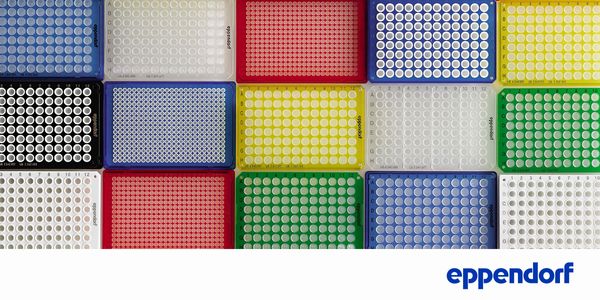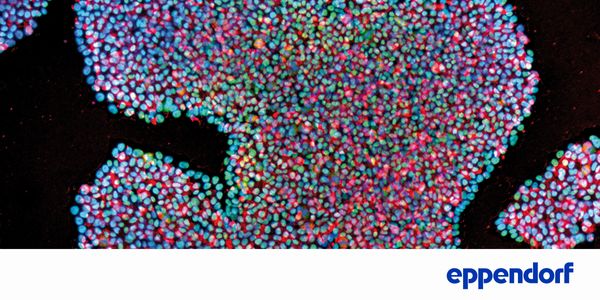Stem cell growth
To grow stem cells, scientists first extract samples from adult tissue or an embryo. They then place these cells in a controlled culture where they will divide and reproduce but not specialize further. Stem cells that are dividing and reproducing in a controlled culture are called a stem-cell line.
-
JAN 23, 2024 | 12:00 PMFrom drug discovery to organoid modeling of disease, stem cells are increasingly being used in research as a vital tool for scientific investigation. Due to the specialized nature of stem ce...Speaker: Daryl ColeJAN 23, 2024 | 10:00 AMOrganoid technologies are increasingly being used as in vitro models of human development and disease because they exhibit morphogenetic, structural and functional properties that recapitula...Speaker: Kalpana BarnesDEC 12, 2023 | 8:00 PMEmbryonic epicardium is crucial for normal heart morphogenesis. The tissue originates from the proepicardial organ, with cells migrating to form the outer mesothelial layer, giving rise to n...APR 25, 2023 | 8:00 AMC.E. CREDITSDate: April 25, 2023 Time: 8:00am (PDT), 11:00am (EDT), 5:00pm (CEST) Several promising immunotherapies have emerged in recent decades due to advances in cancer immunology. The paradigm o...NOV 16, 2022 | 7:00 PMDate: November 16, 2022 Time: 2:00pm (AEST) Date: November 17, 2022 7:00pm (PST), 10:00pm (EST), 4:00am (CET) The growth in FDA-approved cell and gene therapy products for the treatment of d...DEC 08, 2021 | 11:00 AMDate: December 8, 2021 Time: 11:00am (PST), 2:00pam (EST) Breast cancer is the most common type of cancer and the leading cause of cancer deaths for women. Despite considerable ongoing resea...NOV 09, 2021 | 11:00 AMDate: November 09, 2021 Time: 11:00am (PDT), 02:00pm (EDT) Clinical translation of human pluripotent stem cells (hPSCs) requires advanced strategies that ensure safe and robust long-term gro...OCT 12, 2021 | 8:00 AMDate: October 12, 2021 Time: 8:00am (PDT), 11:00am (EDT) CRISPR-Cas9 is a nuclease-based genome editing system which has seen exponential growth in adoption with broad applications from basi...Triple Negative Breast Cancer (TNBC) is an aggressive form of breast cancer, characterized by the characteristic lack of receptors such as human epidermal growth factor receptor-2 (HER-2), t...Speaker: Patrick M. Martin, PhD
Bladder cancer is the 4th most prevalent cancer in men, 11th in women and presents one of the highest rates of post-treatment recurrence (70%) among malignancies. Despite its impact on human...
SEP 22, 2021 | 8:00 AM
Date: September 22, 2021 Time: 8:00am (PDT), 11:00am (EDT) New technologies generating successful cell and gene therapy approaches have contributed to a global growth of institutions that cu...
JUL 28, 2021 | 8:00 AM
Date: July 28, 2021 Time: 8:00am PDT Breast cancer is the most common form of cancer in women. It is estimated that 1 out of 8 women in the US will develop invasive breast cancer during her...
JUL 01, 2021 | 12:00 PM
Date: July 01, 2021 Time: 09:30am IST/12:00pm SGT/01:00pm JST, KST/03:00pm AEST/ 05:00pm NZST We know that understanding cell culture is essential for life of your work. Gibco Galaxy Tour We...
APR 20, 2021 | 10:00 AM
Date: April 20, 2021 Time: 10:00am (PST) In order to generate sufficient numbers of pluripotent stem cells (PSCs) for downstream applications, three-dimensional (3D) suspension cultures offe...
Traumatic brain injury (TBI) is best characterized as brain dysfunction caused by an outside force, usually a violent blow to the head, often occurring as a result of a severe sports injury...
B cells and tertiary lymphoid structures (TLS) promote immunotherapy response 1:00–1:30 pm PDT Presented By: Rafet Basar, MD...
Speaker:
Handan Xiang, PhD
, Pei-Yu Chen, PhD
, Hiranmayi Ravichandran, MS
, Rafet Basar, MD
, Amir Horowitz, PhD
Presented at: 9th Annual Fluidigm Mass Cytometry Virtual Summit
Reactive oxygen species (ROS) are well-known for their detrimental effects leading to oxidative stress, cell death, aging, and degenerative disorders. However, there is increasing evidence t...
The extracellular matrix (ECM) is a three-dimensional structure that provides physical support for tissues/organs and biochemical/biomechanical cues for tissue morphogenesis, differentiation...
The Allen Institute for Cell Science is generating a state space of stem cell signatures. The goal is to understand cell organization, identify cell states, and elucidate how cells transitio...
The major function of mitochondria in cellular homeostasis has been the generation of ATP through oxidative phosphorylation. However, we have previously demonstrated that mitochondria can se...
